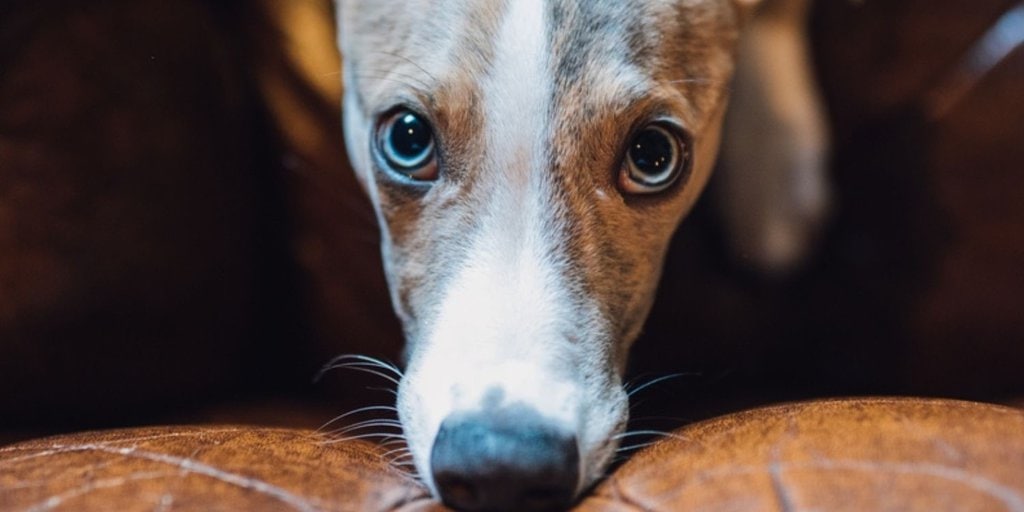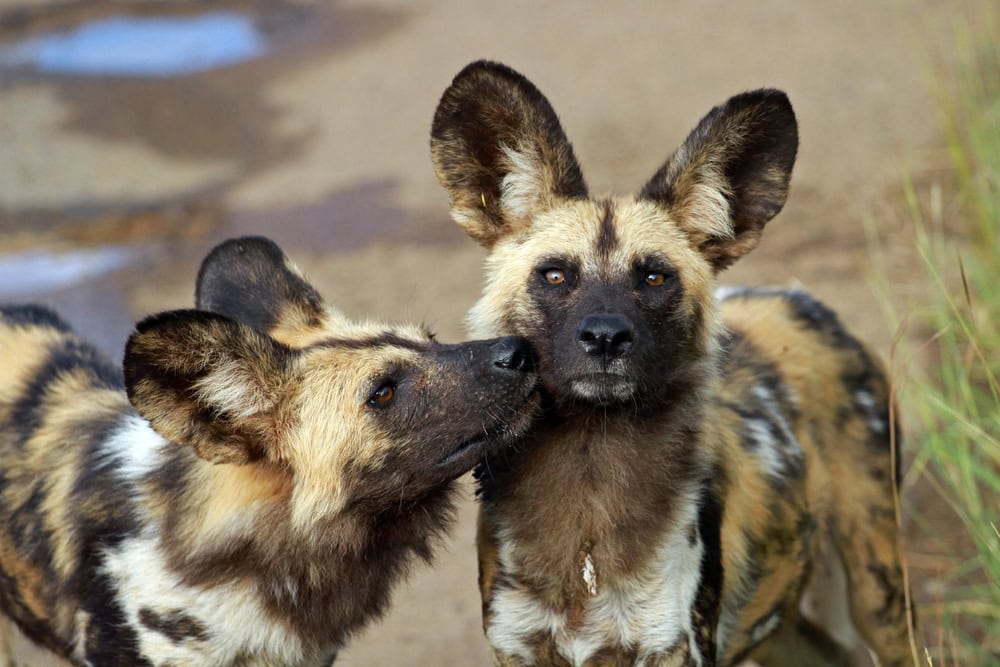
New research shows that the “puppy eyes” that pet dogs give us are not unique to them. The look is also present in other canines, which shows that making a cute face is not a trait that evolved specifically due to human interaction. The study contradicts another finding from different research from 2019 that showed that domestic dogs developed very expressive facial muscles to communicate with humans.
Not Only Dogs Do Puppy Eyes
The old study showed that domestic dogs had more developed eye muscles compared to wolves and spawned the hypothesis that this enabled mimicking human expressions for care and attention. One of the steps in the new study was about dissecting an African wild dog, which showed that these canines have very similar eye muscles that allow the same expressions.
This means that the ability to make puppy eyes likely evolved in a common ancestor of domestic dogs and African wild dogs and is not an adaptation coming from human interaction. The researchers now speculate that these muscles help African wild dogs communicate during hunts, which is a great adaptation for inhabiting the open savanna environment as predators who live in social packs.
African Wild Dogs Are Also Expressive
A comparative morphologist stated that while wolves are also social animals, they may not have developed the same strong facial muscles because their habitats were different. Wolves inhabit forests and mountains and hunt there, and unlike in the savannah, visual signals are less effective than scent and vocalizations.

Still, the findings are not final, and the researchers plan to investigate the facial anatomy of canine species further. They plan to research foxes, dholes, and Asian wolves and see what the structure of their facial muscles would reveal. The research also has the goal to improve scientists’ understanding of how visual communication evolved among social canines. It will also show the significance of such studies when it comes to revealing how evolutionary pressures in similar species shape traits differently.